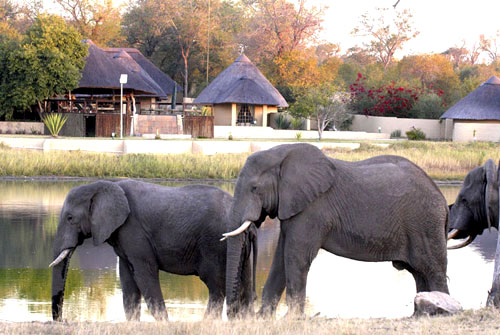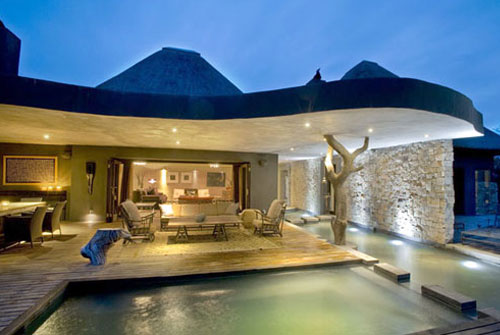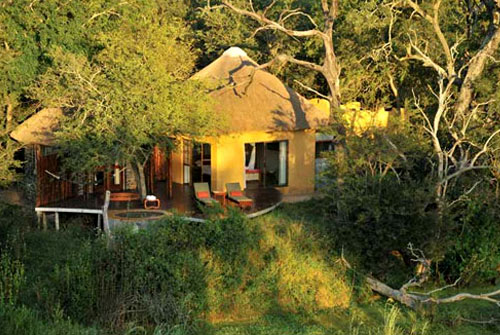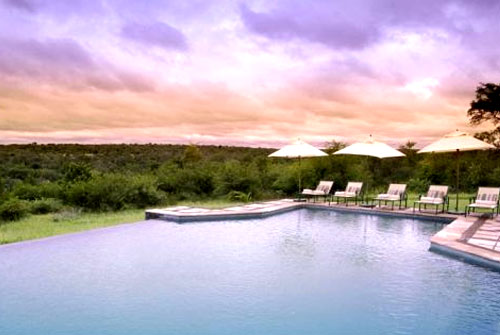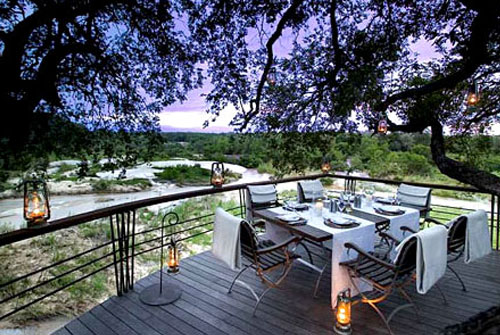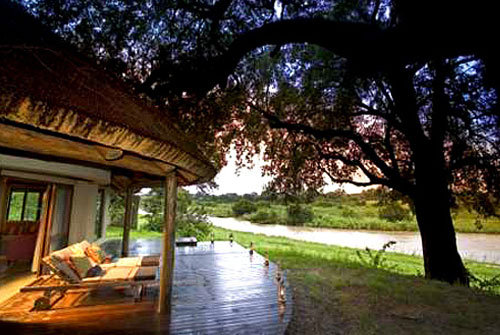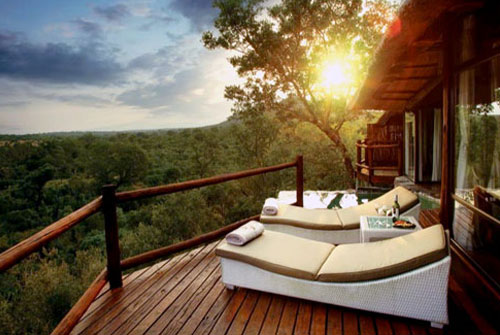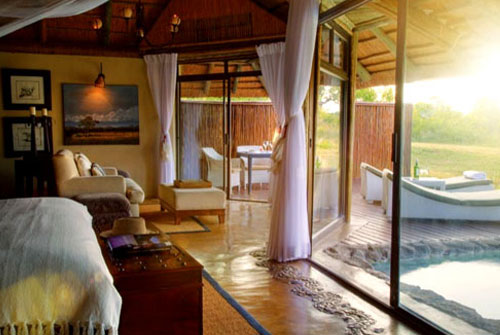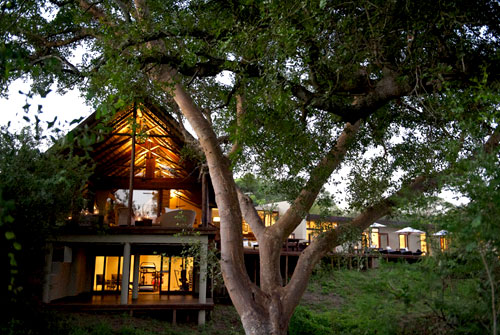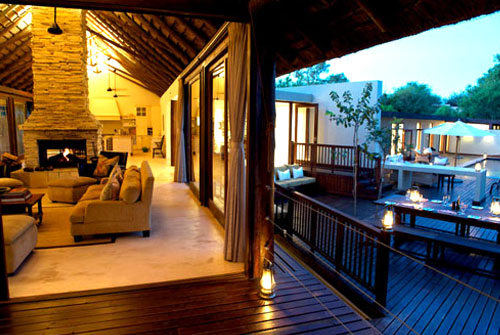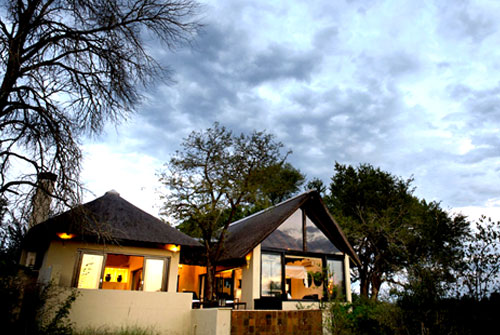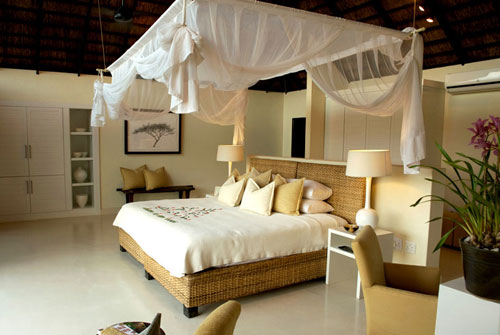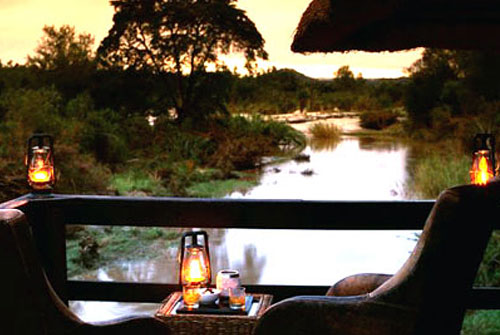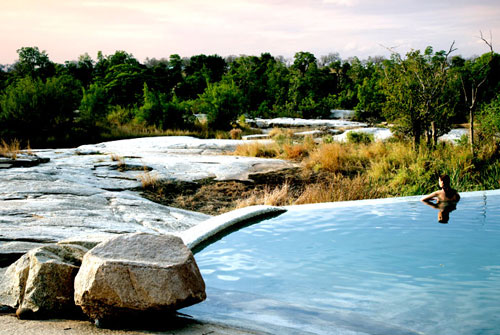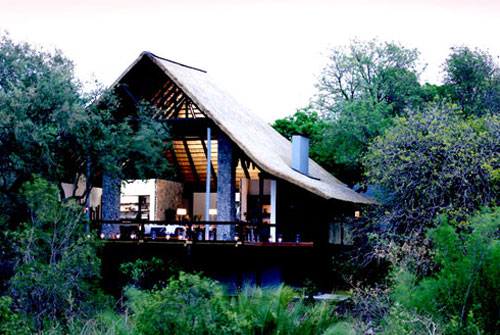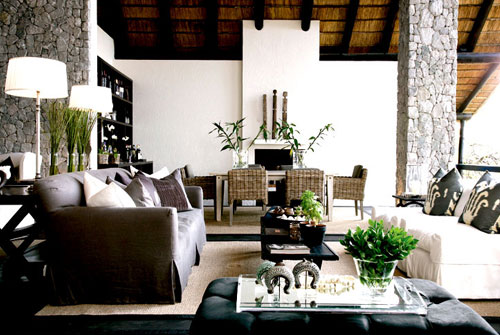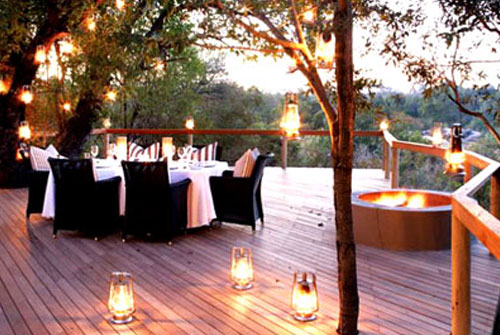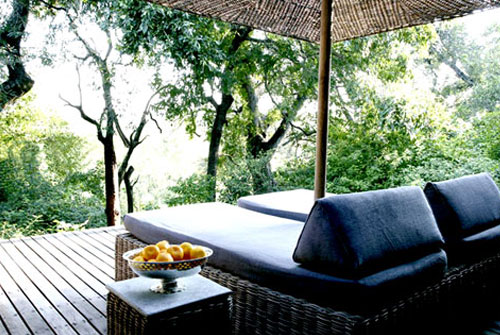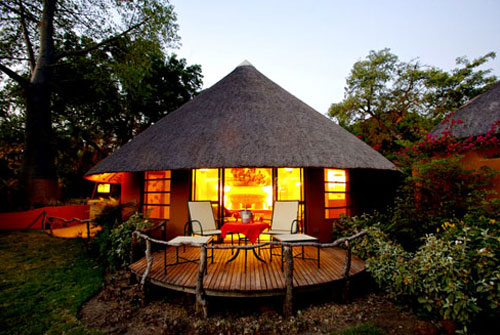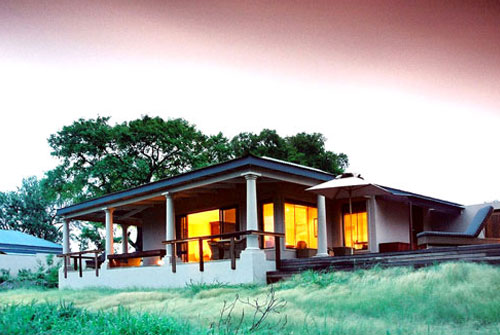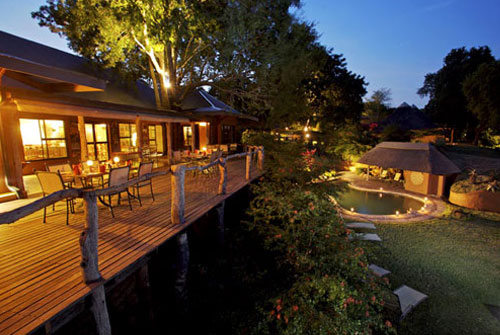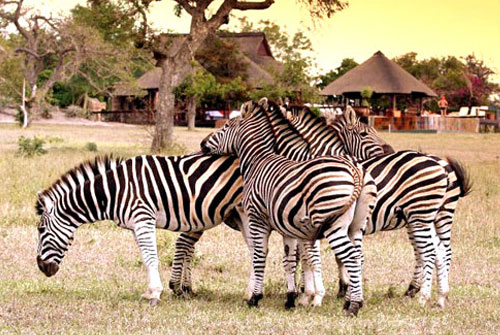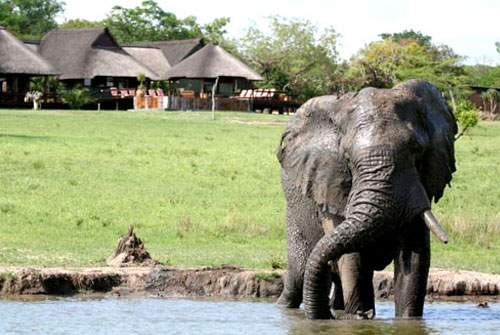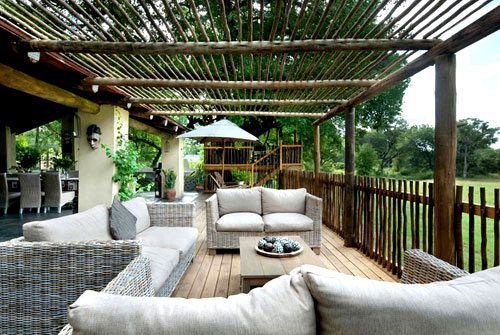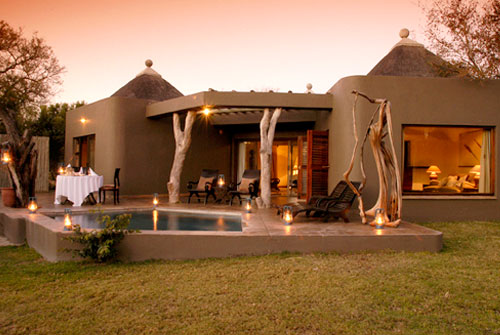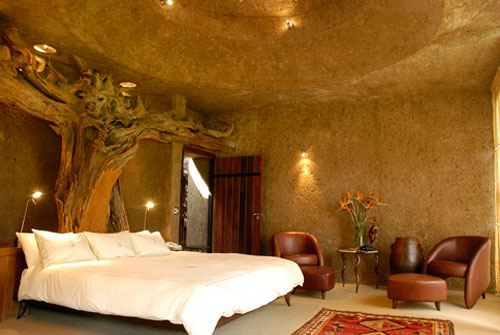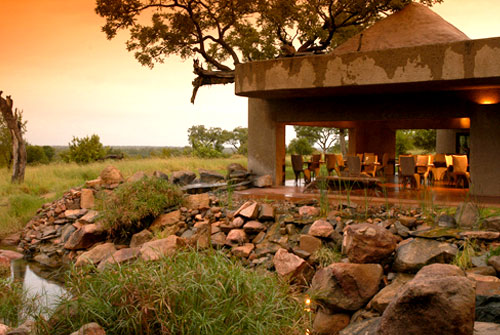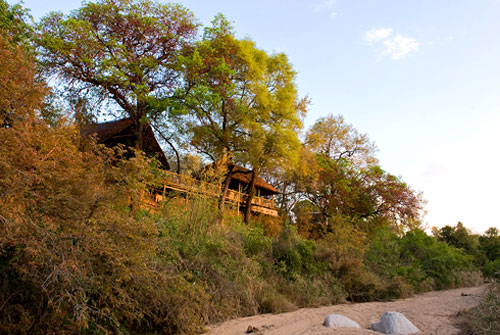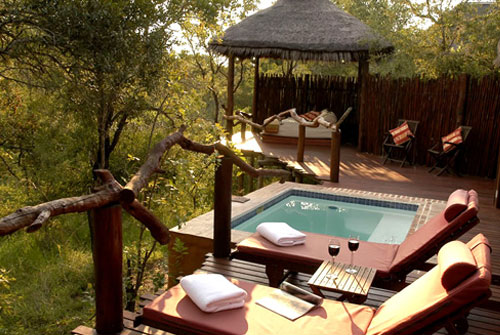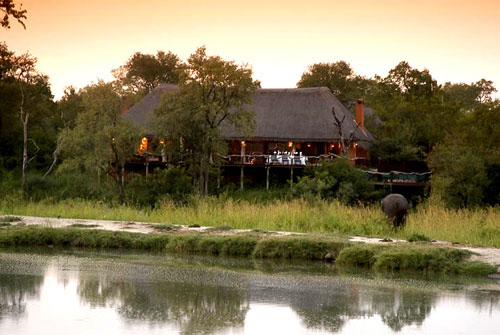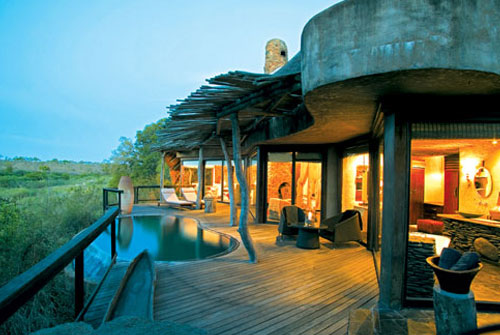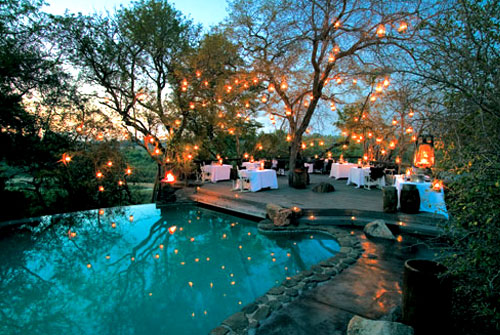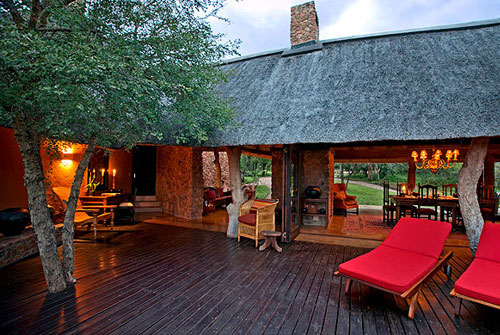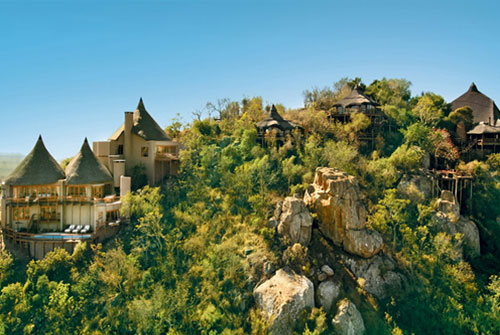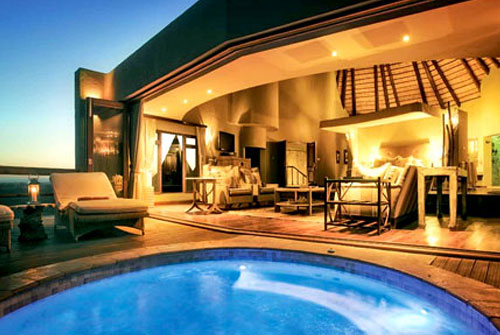
History
Sabi Sand Game Reserve, South Africa
History
Sabi Sand Game Reserve, South AfricaArchaeologists have discovered that early humans roamed through the Lowveld as far back as one and a half million years ago. These ancient humans left clues for us about their prehistoric lives, such as stone tools, their skeletons and the bones of the animals they ate. From this evidence, anthropologists can get some idea of how they lived and what they looked like.
For centuries the San lived without competition for resources, but as early as 200 AD, more technologically advanced people, the Bantu-speaking Nguni farmers, immigrated into the Lowveld and settled along the banks of the Limpopo, Luvuvhu, Shingwedzi, Letaba and later the Sabie and Crocodile Rivers. They brought crops and herds of domestic animals and the secret of their metal-work. This was the beginning of the Iron Age in Southern Africa.
Archaeologists have discovered that for hundreds of years this new civilisation lived alongside the San, sharing the abundance as provided by the bush. As more people moved into the area, the San were gradually pushed out, although scattered groups still inhabited the area as late as the 19th Century.
The new farmers were still dependant on their environment. There is evidence that, between 800-1600 AD, the area suffered poor farming conditions, game became more scarce, and many groups moved off to better pastures. Those who stayed relied on hunting the wildlife and trade.
International trade in South Africa began about 1000 years before gold was discoverd on the Witwatersrand. Copper from Phalaborwa and Balule, salt from Eiland, and crops like sorghum and beans, had long been traded locally. But the lowveld and the interior had far more exotic goods that attracted the attention of Arab traders in search of riches and new products. Africa had 'white gold' in the form of elephant ivory. It had 'yellow gold', the precious metal that kings and sultans desired and in the late Iron Age, it had 'Black Gold' - slaves.
It wasn't until 1725, that the first Europeans encountered the hostile Lowveld. Francois de Cuiper, a Dutchman, crossed the Lebombo Mountains. No sooner had he entered the present day Kruger National Park, than he was attacked at Gomondwane and beat a hasty retreat to the coast. For another century the area remained a mystery to adventurous Europeans, who had already circumnavigated the World but had not yet conquered or colonised Africa, its wildlife or its people. In time the Lowveld became known as the 'White Man's Grave'.
The first European to return, was Joao Albasini, a Portuguese trader who ventured from Delagoa Bay in 1830, and began establishing tradelinks inland. Albasini's larger than life personality, his wilingness to learn the local language, and with the help of the warrior chiefs Manungu and Jozikhulu, enabled him to survive. People living along the Sabie River felt they were under his protection and in turn protected him.
By the end of the century, hunting mania had wiped out the Lowveld's huge herds of game. In 1898, President Paul Kruger proclaimed the are between the Crocodile and Sabie Rivers as the Sabie Game Reserve. This was fortunate timing, as for the next 4 years, politicians, hunters, and fortune-seekers were too busy fighting the Anglo-Boer War to care about wildlife conservation.
After the war, the British victors reproclaimed the Reserve. They set about clearing the way for the protected area. This involved the forced removal of local inhabitants and in 1903, between 2000 - 3000 people were moved out of the Sabie Reserve. Similar removals were conducted throughout Kruger's history. In 1969, after many years, the Makuleke people were moved out of the Pafuri area. Land claims today continue the dispute between the need to conserve a natural heritage, and the people's need for both land and work.
Major James Stevenson-Hamilton was appointed the first warden and told to manage a piece of land the size of the Netherlands. The short statured, short tempered Scotsman achieved this and earned himself the name 'Skukuza', meaning "he who turns things upside down". Stevenson waged war on poachning and managed to persuade the Goverment to expand the Reserve, to include the entire area between the Crocodile and Luvuvhu Rivers. Farmers voiced stiff opposition - accusing the Reserve of being "a breeding ground for lions". Both domestic stock and people were attacked, as men like Harry Wolhunter could testify. Possibly South Africa's most famous ranger, he was attacked by lion in 1903. As the big male dragged him off, he felt for its heart and stabbed it fatally with his sheath knife.
In 1927 three cars entered the Park. Two years later there were 850 cars visiting. Over the next 50 years some 150 000 people visited the Kruger National Park annually. Today there are 700 000 wildlife enthusiasts who visit the Park every year, enjoing the fruits of a long, fascinating and hard-won battle to create one of the finest Game Parks in the World.
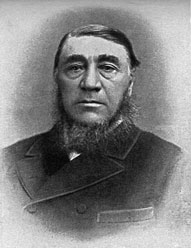 |
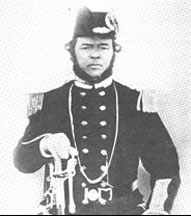 |
 |
 |
